From Baby Boom to Doll Boom: Why the World Is Going Crazy With Reborn Dolls?
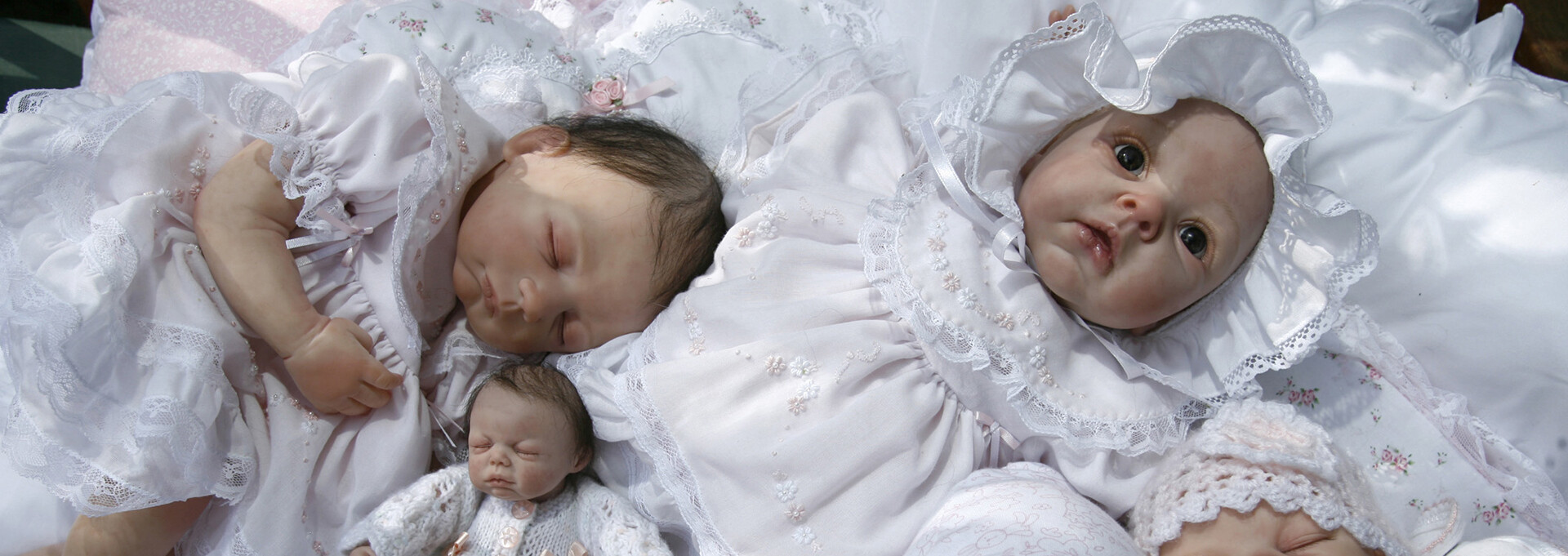
Their chests move as if they were breathing, and when you hold them in your arms, you can feel their tiny heartbeat. You can buy them pretty clothes and take them out for a walk in a baby stroller. But, unlike real-life babies, they don’t need to be fed and won’t wake you up at night. Reborns, are incredibly realistic silicone baby dolls and seem to be gaining popularity all over the world. What are they — the future of emotional therapy or a sign of worldwide mental health decline?
If you enter the phrase “reborn doll” in the YouTube search bar, you will discover a whole new world: more than 90,000 videos on how to change dolls’ diapers, bathe them, talk and play with them. Every year thousands of reborns find their “moms” and “dads” and gain millions of views on YouTube. They are nursed, taken on family trips and given toys for their birthdays. For some, the dolls are a reminder of past motherhood or emotional support, for others — a source of income and, simultaneously, the object of impulsive investments.
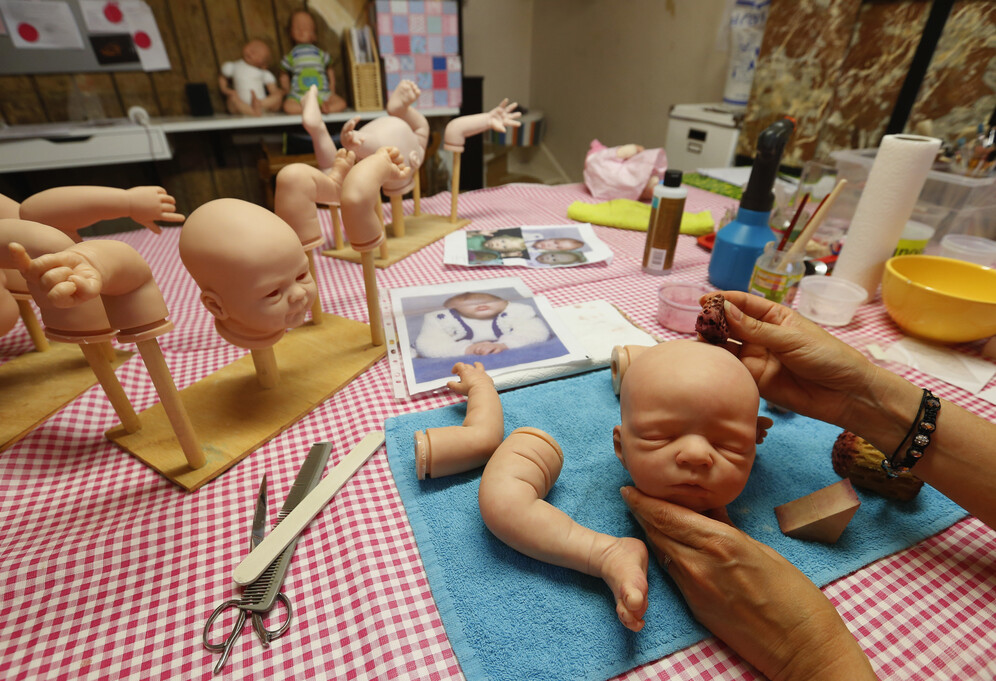
Crazy YouTubers?
Since her early childhood Julia, who is now a YouTuber and a “reborn” mother, has been fond of babies. Kids stuff — strollers, diapers, rattles, booties, and knitted clothes — have always caught her eye and moved her heart. Some years ago, Julia had to quit her job for health reasons. Bored with her housewife life, she installed YouTube on her phone. One day she stumbled upon a video of an American woman dressing up a baby. Having watched the video for a few minutes, Julia realised the baby’s eyes were closed and still.
Sometime later, the woman bought a reborn doll and created a YouTube channel of her own. Julia’s most popular video about giving birth to a reborn has gained over one hundred thousand views. It’s far from being a record number for YouTube reborns. One of the most popular videos featuring an American bathing a silicone doll has been watched over 11 million times. It has also gained 50,000 likes versus 10,000 dislikes, with thousands of both enthusiastic and derogatory comments.
The history of the “reborn boom”
Reborns are dolls that mimic babies as closely as possible. They appeared in the United States in the late 1980s - early 1990s, when doll makers started buying and improving ready-made dolls to make them look more like real babies. Becoming more and more realistic, the dolls quickly gained popularity among collectors. With the media’s help, the baby doll trend caught the American public’s attention and then travelled to Great Britain and the rest of Europe.
Reborns, made and sold by an online community of connoisseurs, are often real works of art. They are usually made of vinyl and silicone, hand-painted many times to produce the unique colour of newborn skin and stuffed with special filler to make them weigh like real babies. The dolls can be newborn or toddler-size and are often pre-scented with a “baby perfume”. The most exclusive dolls are distinguished by fine, jeweller’s elaboration of details — you can even see overgrown nails on their hands and feet. And to make the whole reborn experience more realistic, craftsmen fill the dolls with special electronic devices that mimic breathing or heartbeat.
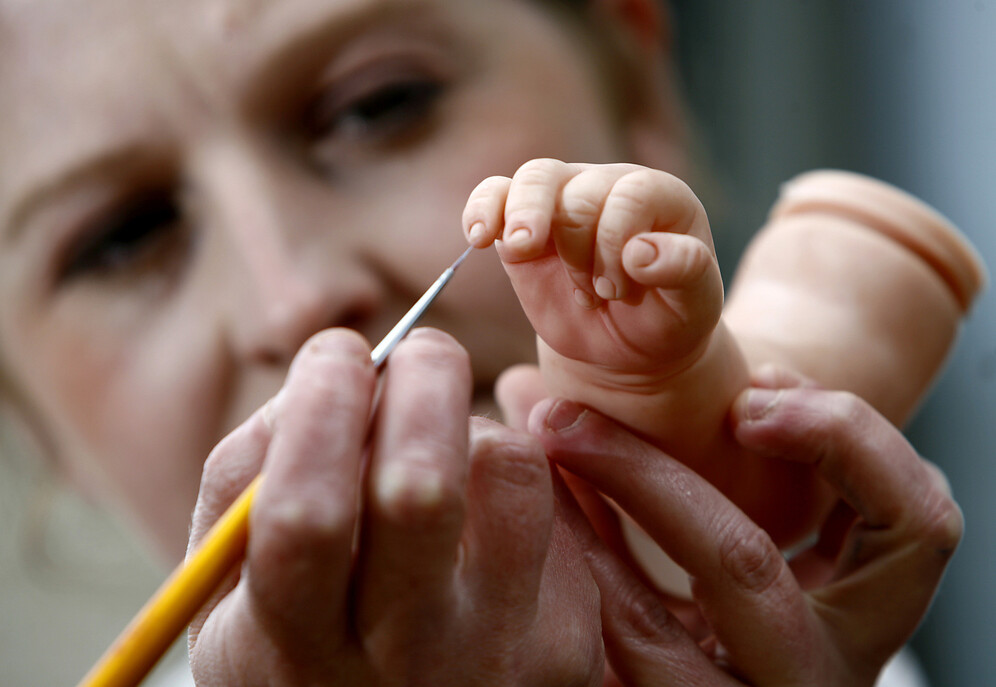
Deborah King, a 32-year-old mother of two, took up reborn-making as a hobby some years ago and now sells handmade dolls via her own Reborn Baby website.
The website features a long list of baby reborns “waiting for adoption”. Most of the dolls have female names, and some are described as “prematurely born”. Deborah King says the doll’s price varies between $492 and $3,146, and she receives 10 to 15 requests a week, mostly from collectors and nostalgic grandparents.
Newborn market analysis
Though hundreds of reborns are sold via popular e-shops like eBay and Amazon, the most naturalistic ones seem to be a niche product. It looks like the general public is not fond of overly realistic dolls and prefers them to look more like a toy that looks like a real baby.
“Everything we sell is with a view to a child owning it or being interested in it, but these dolls are a bit too life-like for our toy department to stock them,” a spokeswoman for Harrods, the famous department store in London, said. “The more realistic a doll is, the more niche the market is.”

So, if you are looking for an exclusive baby doll that will have the closest resemblance to a real baby, don’t bother going to fancy toy stores. Instead, try plunging into the reborner online community and find the places where true enthusiasts shop. The opportunities are endless — from numerous online shops like the one owned by Deborah King to physical “fully reborn” stores, where you can not only buy or order a doll but also network with other reborners
In England, Birmingham is famous for its inclusiveness about the reborn culture. In the suburbs of the city, there is a store called Bonnie Babies that is quite famous among the reborners. The store is a heaven for collectors and amateurs — here they can find virtually anything from newborns to clothes and accessories for them. One can buy a ready-made doll or make a pre-order and have a perfect “designer reborn”. Once a month, the local reborn community hosts a tea party for reborn mothers — they come with their “babies” and share their parenting experiences.
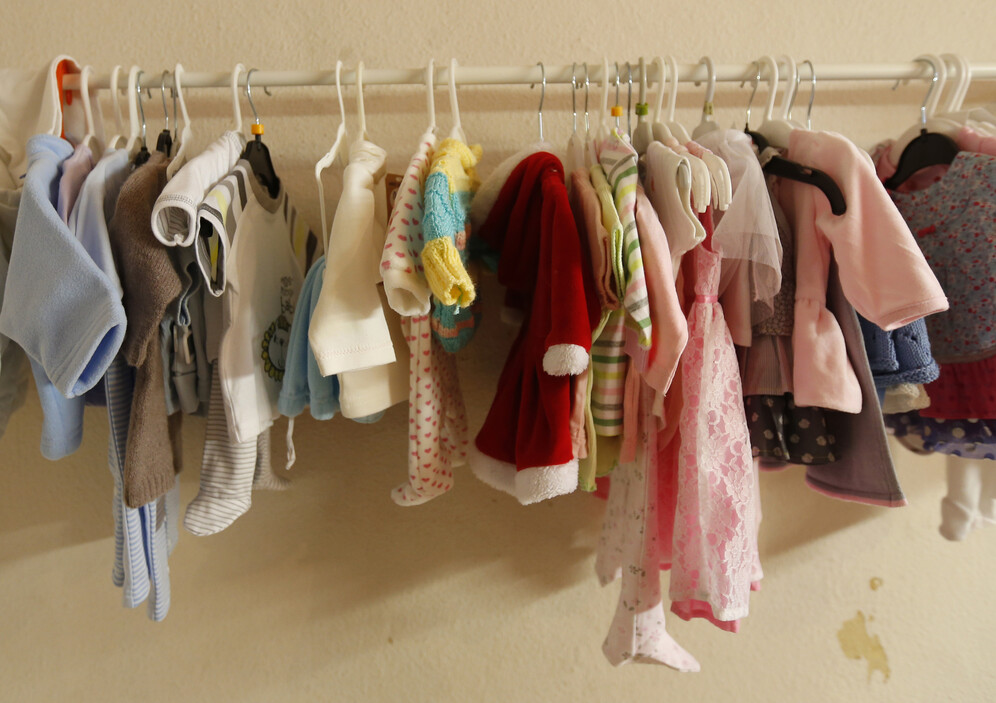
Reborn therapy…
The creators of reborn dolls say their clients have different backgrounds. The reasons for buying reborns also differ significantly — from the collector’s passion to making up for a loss or coping with loneliness. But if we put the collectors aside, most people try to find comfort and emotional support in those sweet babies.
Though many of us would make the cuckoo sign upon hearing of an adult person walking a doll in a baby stroller, the “reborn therapy” actually seems to work. “The act of holding the doll may have a role in releasing a ‘feel-good’ hormone,” says Cathy Newcombe, the Reborn Babies UK website owner. Newcombe says the positive effect reborns might have on our emotional state is the main reason behind counsellors’ growing interest in the therapeutic applications of reborn dolls.
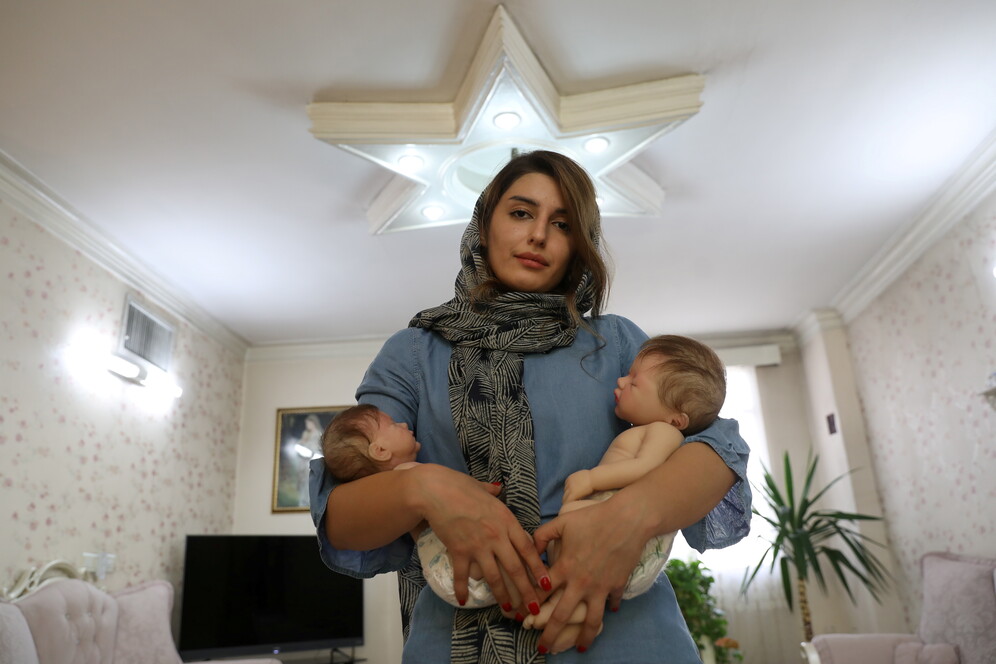
Many women who have suffered a loss, especially the loss of a child, say reborn dolls have helped them survive the traumatism and keep up with their lives. They also help women who cannot have children and do not have enough courage for adoption.
Beulah Suket, a 46-year-old Englishwoman with three adult children, says reborns helped her cope with the trauma she suffered after her father and four siblings died in a car accident.
Another reborner, Caroline Robinson, also a mother of three, works as a psychoanalyst, and the dolls help her relax after challenging sessions with her patients.
Though baby-like dolls haven’t been widely used to treat mental and emotional disorders so far, some specialists claim they can become a powerful therapeutic tool, especially for elderly patients.
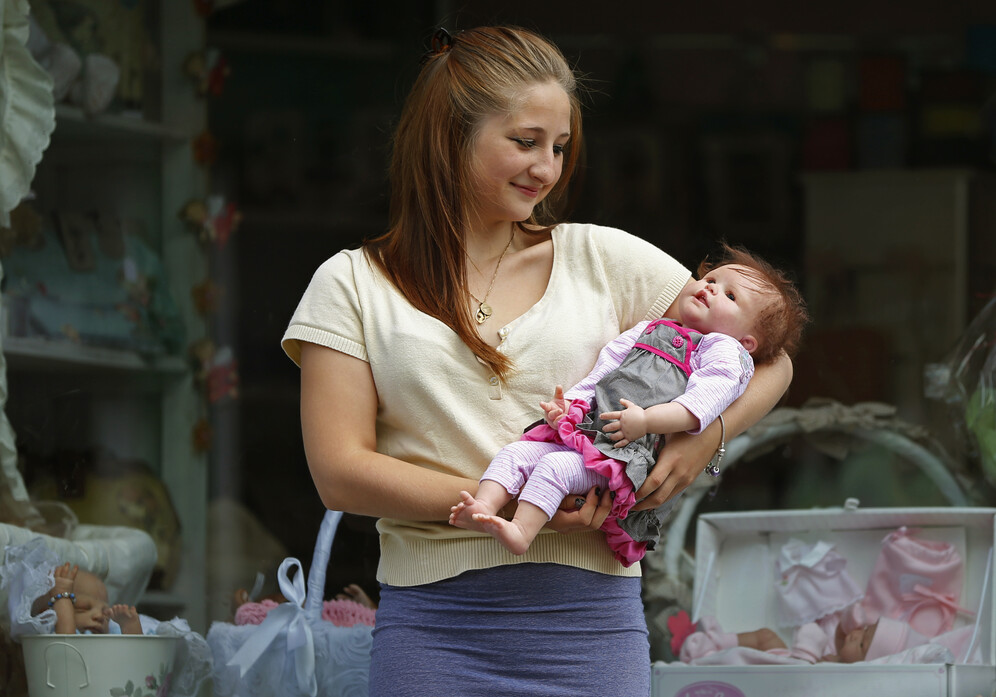
Deborah King recalls a client who came to her shop to buy a doll for her mother. The client’s mother had Alzheimer’s disease and spent a lot of time looking at baby photos, so her daughter decided to buy her an almost real baby hoping she will find comfort and peace in keeping the doll in her arms.
Dr Ian James from the Centre for the Health of the Elderly at Newcastle General Hospital says the use of reborns in elderly care homes can help prevent or reduce disruptive behaviour. “There are a number of reasons for the powerful effect of the doll in reducing some of the challenging behaviour,” Dr James told Reuters. “People are comforted and are so much calmer and quieter — you just have to be there to witness that.”
… or a sign of declining mental health?
Despite the possible positive effects of reborn dolls on people’s mental and emotional health, the reborn movement has spurred intense public debate. The media plays a crucial role in it. Many reborner women are increasingly alarmed how their hobby is portrayed in the media — the reports highlight that the dolls are mostly purchased by suffering parents. The whole trend is presented as macabre.
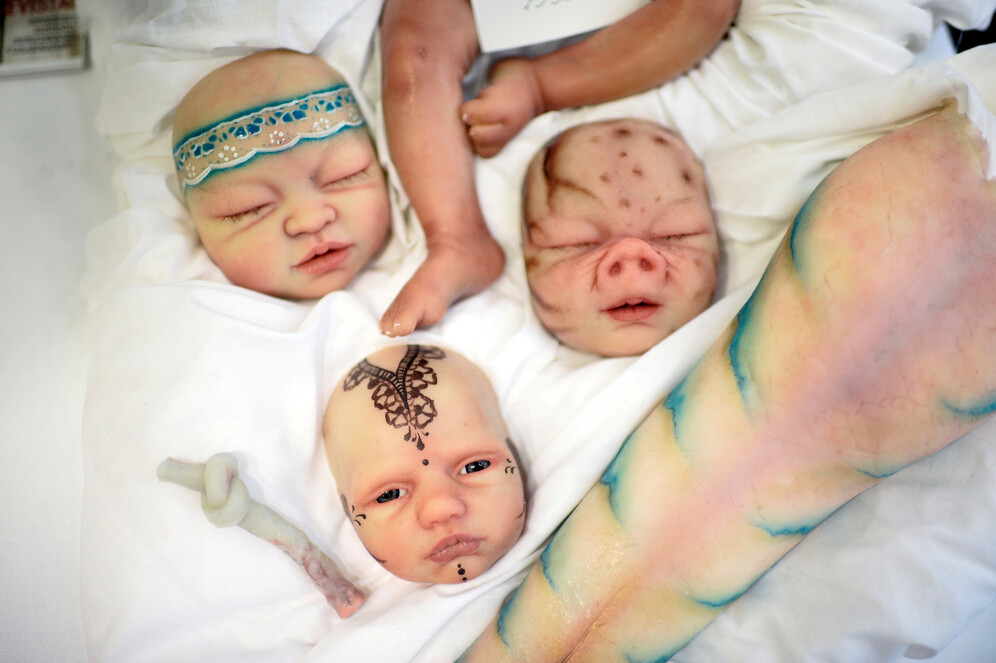
Simultaneously, some of the negative aspects of the hobby might be worth writing some reports about. To begin with, many people feel uncomfortable because reborns look like dead babies to them. “You get this repulsion from some because it looks so life-like and they just see a dead baby,” says Sue, a 56-year old reborn mother.
And it looks like there is much more negativity to the reborn trend than the mere disgust. Psychologists agree that some psychological trauma often causes dependence on reborns. The death of a child, termination of pregnancy, inability to have children — those most common examples of trauma push a female mind to blur the line between the “game” and reality.
They say the doll will suppress the negative feeling and emotions. They will inevitably come out one day — and the possible adverse effects could be much more significant than expected.
“When you have mourned your child, what do you do with the doll?” says Dr Ingrid Collins, a psychologist at the London Medical Centre who suggests reborns could create more problems.
A new way to parent autonomy
Some believe reborning is another way to greater parent autonomy — along with effective birth control technologies, in-vitro fertilisation, and cryogenic egg freezing. Indeed, today we try to have real babies pre-designed before birth — we want them to have perfect blue eyes and high IQ. So, what is wrong with ordering a perfect doll? After all, it won’t suffer the possible consequences of genetic modifications.
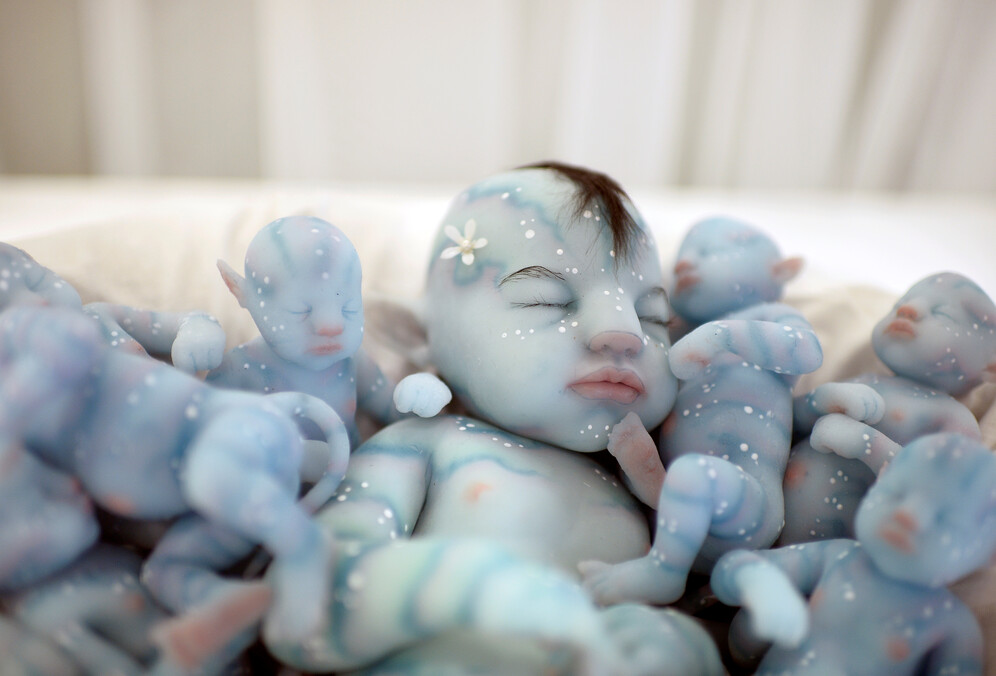
With such a great choice of options, it seems like human reproduction no longer needs to be a purely biological process. You can still stick to nature and have as many real kids as it sends you (which for some might mean none, by the way). Or you can have your eggs frozen and buy a perfect baby doll that will help prepare for future motherhood. It’s up to you, but whatever you choose — do it wisely and don’t forget about the line between technology and nature, game and reality.